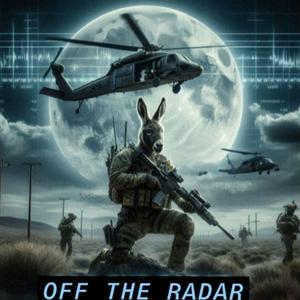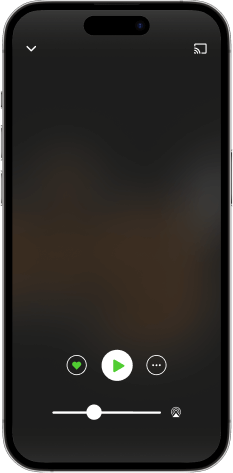PSYOP at NTC: Deception, Integration, and Mission Success Pt 2 (Ep. 46)
This is part two of a two-part episode focused on Special Operations Psychology Operations executing Combat Training Center rotations specially the National Training Center. SOF PSYOP’s role in Large Scale Combat Operations, executing multiple domain operations and integrating with ARSOF and conventional forces. SOF PSYOP executing information operations ins training environment.
.
About the Guest:
SSG Phil Smith: SOF PSYOPer from First PSYOP Group. Prior to that he served as an Infantryman and then before that an Air Force C-17 mechanic. Phil has SOF PSYOP operational experience in SOUTHCOM and has served as a PSYOP OC/T for 2 years. Phil went ARSOF to work in a career field that allowed him to make a difference in support of the Nation’s Objectives.
About the Host:
CPT Weston Rich is the of SOF Plans Chief at the NTC and former member of Burro Team, the Special Operations Training Detachment OC/T Team at NTC. Prior to his time at NTC, Weston served as a Detachment Commander with 1st SFG (A) and as an Infantry Officer with 3-509th IN (ABN)/4/25 ID (now part of 2/11 ABN DIV). Following his time at NTC, Weston will attend Carnegie Mellon University with a follow-on assignment to Army Futures Command
This episode covers:
- methods to influence the information domain: print media, social media, broadcast media, etc
- influence operations are trainable at NTC, role players can be influence to support opposing force or coalition force
- NTC constantly changes and improves and training becomes more realistic and challenging every rotation
- integration early and often is key to success when working with other units, MOSs, branches, etc
- SOF Civil Affairs and SOF PSYOP should work hand in hand, they mutually supporting roles
- SOF and Conventional Forces, must share information and understand each others objectives so that they don’t accidentally degrade each other but instead support each other
- risk to force and risk to mission can be decreased through effective use of influence operations to increase likelihood of mission success
- PSYOPers of all ranks need to be able to speak to a Commander and outline what PSYOP can do for them
- PSYOPers embedding with SFOD-A, when it makes sense, they need to be prepare for austere conditions and provide PSYOP input to the detachment level
- fundamentals of a PSYOPer, understand how to read an OPROD, find the PSYOP tasks and authorities and develop plan to execute those tasks, understand the modalities of information operations, train on offensive and defensive information operations
- understand your operational area
- blacksmith bbq, having a hobby to improve your performance at work, and potentially grow into a business
Please like, subscribe, and share these episodes with ARSOF any conventional Soldiers and Leaders to spread the knowledge of ARSOF in LSCO.
To provide feedback please email the host, CPT Rich, at
[email protected].
Produced, edited, and sound engineering by Micah Popp of Salty Sounds



